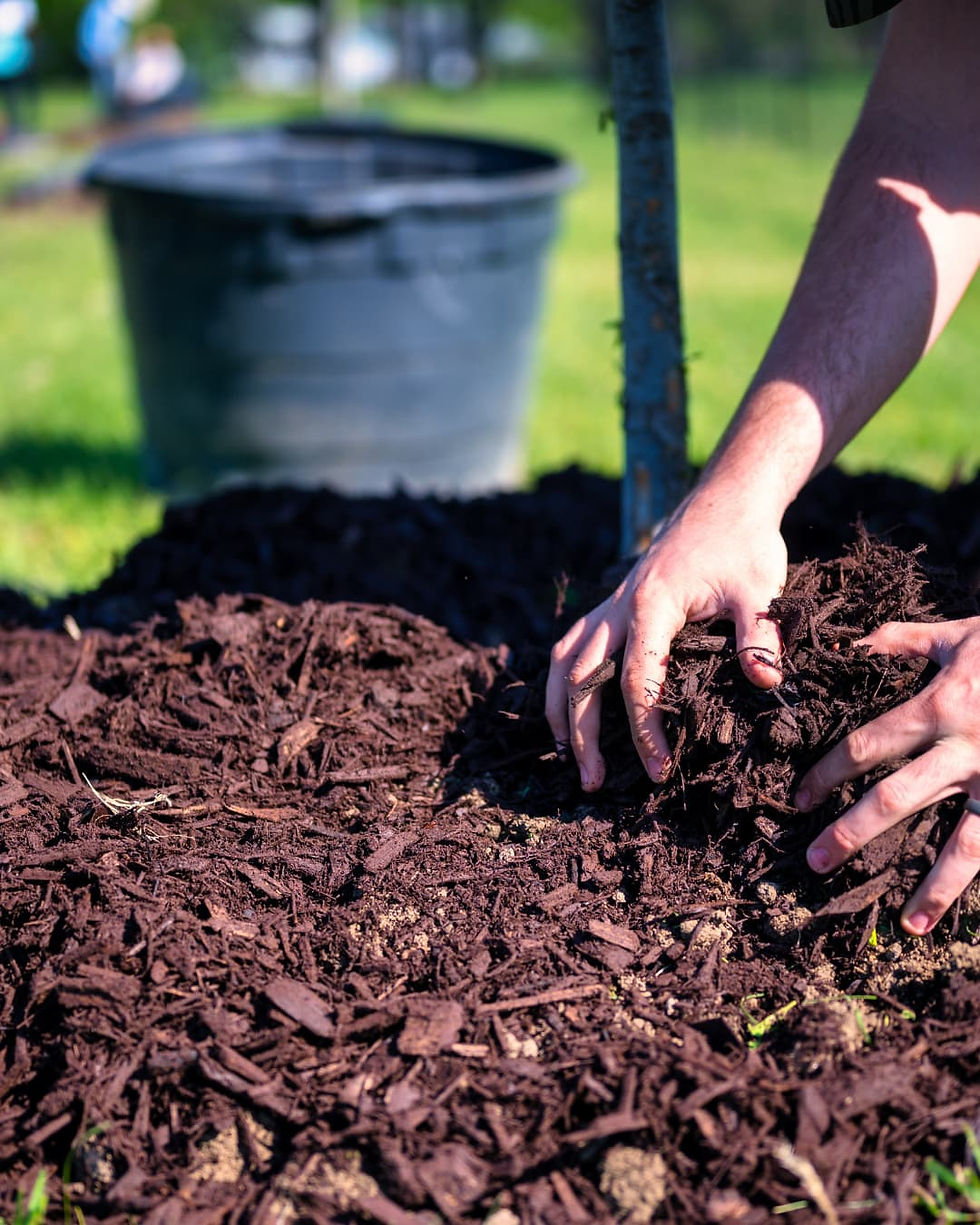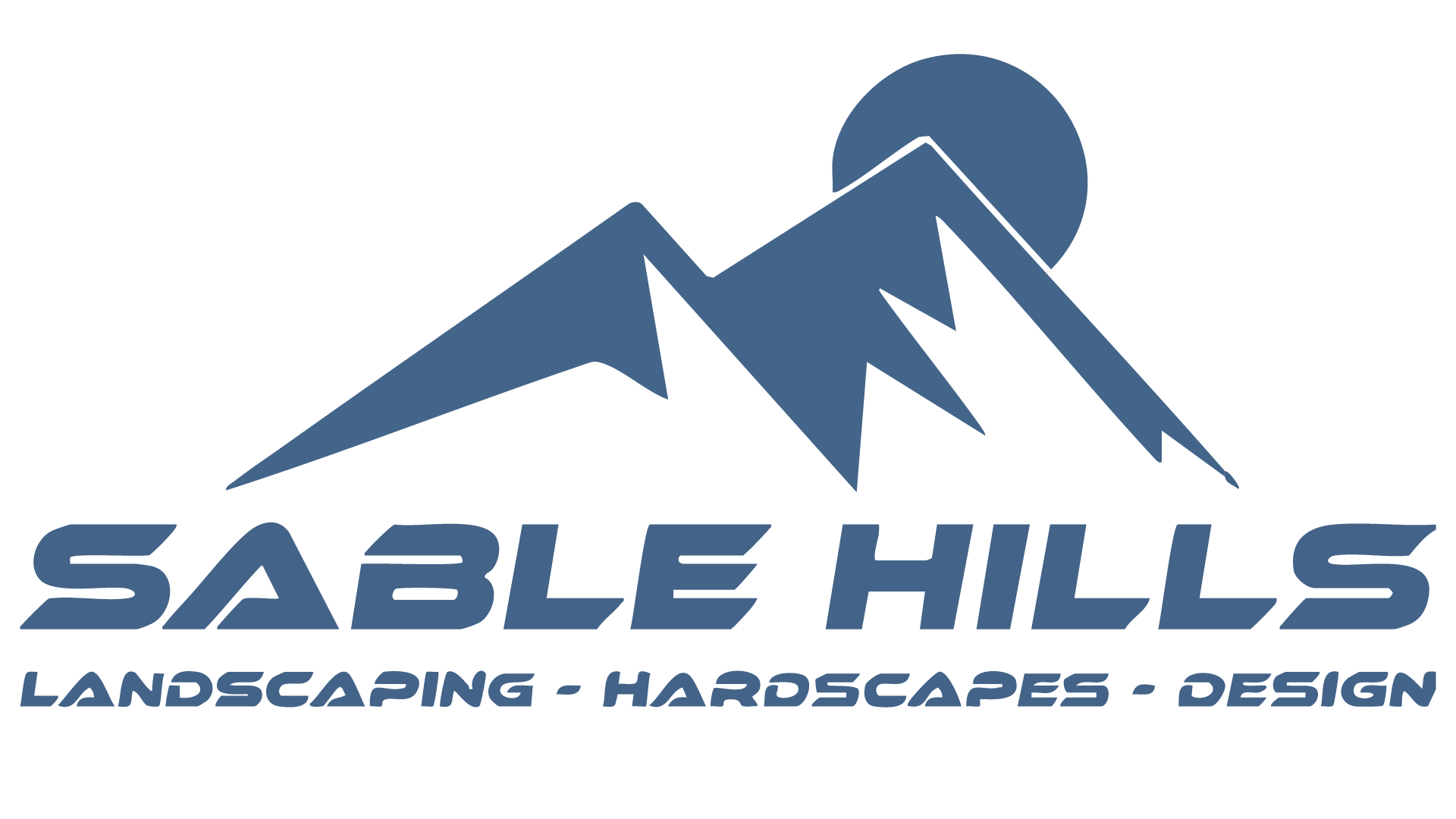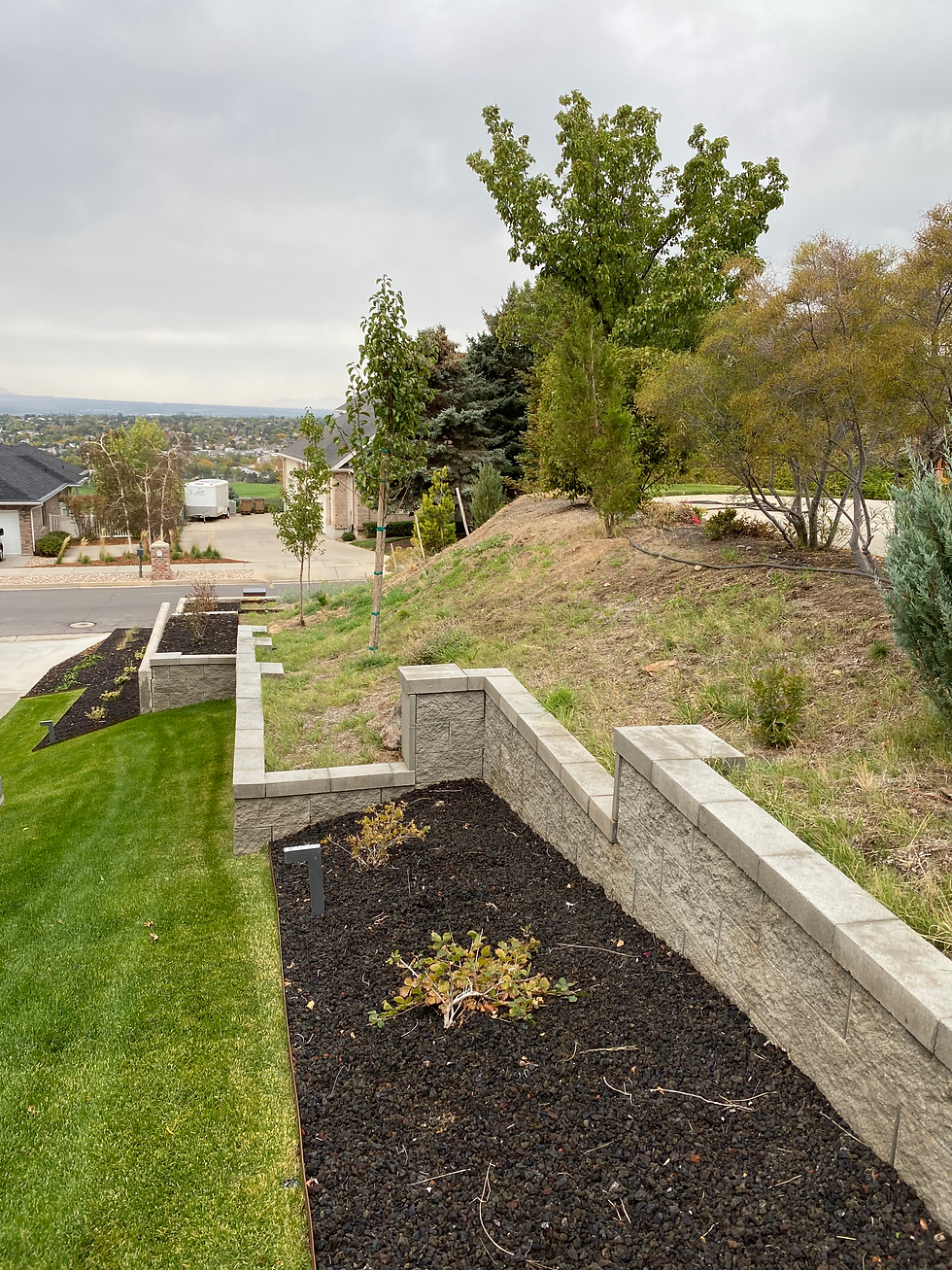Everything to Know about Topsoil
- McKenna Hines
- Oct 21
- 8 min read

What Is Topsoil?
When it comes to landscaping or gardening, topsoil is the foundation of healthy plant life. It’s the uppermost layer of the earth’s surface, typically the first 5–10 inches, where most biological activity and root growth occur. This layer contains essential nutrients, organic matter, and microorganisms that sustain plant life.
The quality of topsoil determines how well plants grow, how much moisture is retained, and how efficiently roots absorb nutrients. Without proper topsoil, even the best fertilizers and watering routines won’t be as effective.
A reliable topsoil supplier provides screened and nutrient-rich soil that supports lawns, gardens, and landscape projects. Poor-quality suppliers, on the other hand, might offer topsoil mixed with debris or substandard filler materials.
Understanding the basics of topsoil helps you make better purchasing decisions for your property. The difference between good and bad topsoil often determines the success of your landscape.
Whether you’re planting a vegetable garden or reseeding your lawn, choosing the right topsoil supplier is the first step toward building a thriving outdoor space.
Why Topsoil Matters
Healthy plant growth begins with quality topsoil. This layer serves as the main reservoir of nutrients and water, supporting root systems and microbial activity. Without good topsoil, plants struggle to establish strong foundations.

“Essentially, all life depends upon the soil … There can be no life without soil and no soil without life; they have evolved together.” - Charles E. Kellogg
A dependable topsoil supplier provides soil with the right blend of minerals and organic materials.
High-quality topsoil retains moisture while allowing excess water to drain properly—creating the perfect balance for growth.
Topsoil also plays a crucial role in preventing erosion. When properly applied, it anchors plant roots and stabilizes the landscape against heavy rains or wind.
The importance of topsoil extends beyond just plant health—it contributes to ecosystem balance. Healthy soil supports pollinators, improves air quality, and enhances the visual appeal of any property.
That’s why selecting the right topsoil supplier ensures you’re investing in sustainability, not just aesthetics.
The Layers Beneath: Understanding Soil Composition
To understand topsoil, you also need to know what lies beneath it. Below the topsoil is the subsoil, which contains minerals and clay but fewer nutrients. The distinction between these layers is what makes topsoil so vital.
A professional topsoil supplier ensures that what you purchase is true topsoil, not a mixture of subsoil or fill dirt. These lower layers lack organic content and can stifle plant growth if used incorrectly.
Good topsoil is loose, rich in color, and full of organic matter. Its composition allows air and water to circulate easily, feeding plant roots. Poor-quality topsoil is compacted, pale, and may contain contaminants.
Understanding the layers helps homeowners and landscapers make informed choices about soil amendments and preparation.
Partnering with an experienced topsoil supplier ensures you receive genuine, nutrient-rich soil designed for long-term success.
How Topsoil Differs from Garden Soil
Many people confuse topsoil with garden soil, but the two serve different purposes. Topsoil is a raw, natural material taken from the earth’s surface, while garden soil is a pre-mixed blend that often includes compost or fertilizer.

A topsoil supplier sells raw topsoil for foundational landscaping work, such as leveling yards or building garden beds. Garden soil, on the other hand, is ideal for potted plants and raised beds.
Topsoil is crucial when starting from scratch. It provides the base layer that future amendments will build upon. Without it, plants may not have the support they need for proper root development.
Using high-quality topsoil ensures strong, healthy growth and sets the stage for long-term results. Poor soil leads to stunted plants and wasted effort.
A trusted topsoil supplier can help you determine whether you need plain topsoil or a specialized mix for your project.
How to Identify Quality Topsoil
Not all topsoil is created equal. High-quality topsoil should be dark, crumbly, and rich in organic matter. It should smell earthy—not sour or musty—and be free from debris like rocks, roots, and construction waste.
Reputable topsoil suppliers screen their products to remove unwanted materials. They may also test for pH levels, texture, and nutrient balance to ensure consistency.
When inspecting topsoil, check for even texture and moisture. Overly dry soil is hard to spread, while overly wet soil may clump or rot.
The color of topsoil also indicates quality. Dark brown or black topsoil usually contains more organic matter than lighter shades.
By working with a reliable topsoil supplier, you can ensure your investment delivers results that last season after season.
The Role of Topsoil in Plant Health
Healthy plants begin with healthy topsoil. It acts as a buffer against temperature changes, provides essential nutrients, and supports beneficial microorganisms.
A dependable topsoil supplier understands how different plants thrive in specific soil types. For instance, sandy topsoil is ideal for drought-tolerant plants, while loamy topsoil supports vegetables and lawns.
Nutrients like nitrogen, phosphorus, and potassium are abundant in quality topsoil, promoting robust root growth. Over time, organic materials break down and replenish these nutrients naturally.
Poor-quality soil, however, can suffocate roots or fail to retain water. This makes selecting the right topsoil supplier essential for sustainable plant health.
Simply put, topsoil is the living skin of your landscape—it feeds everything above it.
How Topsoil Affects Drainage
Proper drainage is key to a thriving yard or garden, and topsoil plays a major role. Loamy soil allows water to drain evenly while holding enough moisture for plant roots.

A skilled topsoil supplier will recommend soil blends that fit your drainage needs. For clay-heavy areas, sandier topsoil helps water flow. For sandy areas, organic-rich topsoil improves retention.
Overly compacted soil causes waterlogging and root rot, while overly loose soil drains too fast. That’s why choosing the right topsoil type matters as much as the plants you select.
Homeowners can test their soil’s drainage by digging a small hole and filling it with water. The rate at which it drains reveals whether amendments are needed.
Working with a knowledgeable topsoil supplier ensures you choose the right consistency for balanced drainage and long-term success.
How to Use Topsoil in Landscaping
When landscaping, topsoil is used for leveling, grading, and improving soil health. It’s ideal for creating new lawns, filling garden beds, or enhancing existing soil.
A reliable topsoil supplier offers screened soil that’s easy to spread and rich in nutrients. This makes it perfect for seeding or sod installation.
Apply topsoil evenly across the area you’re working with, and mix it with compost or fertilizer for added nutrients. This encourages deeper root penetration and better water absorption.
Using the wrong type or low-quality topsoil can lead to uneven growth, erosion, and poor drainage. Always inspect your soil before application.
By sourcing from a reputable topsoil supplier, you ensure consistency and high performance in every landscape project.
Choosing the Right Topsoil for Your Project
Every project requires a specific type of topsoil. For lawns, choose loamy soil that balances sand, silt, and clay. For flower gardens, opt for nutrient-rich blends with organic matter.
Consulting with a topsoil supplier helps you match the right soil to your goals. They can provide samples or recommend custom mixes.
Consider your region’s climate, native plants, and irrigation system when choosing topsoil. These factors determine how well your landscape will adapt and thrive.
If your property struggles with poor drainage or erosion, your supplier may suggest specific amendments like compost or sand.
Ultimately, partnering with a professional topsoil supplier simplifies decision-making and ensures optimal results.
Bulk vs. Bagged Topsoil
When purchasing topsoil, you’ll find it sold in bulk or bags. Bulk topsoil is ideal for large projects, while bagged options suit smaller gardens or touch-ups.

A trusted topsoil supplier offers both options, often delivering bulk orders directly to your site. This saves time and money, especially for big landscaping jobs.
Bagged topsoil provides convenience and consistency, as it’s often pre-screened and ready to use. However, it can be costlier per cubic yard.
For most residential projects, bulk topsoil from a local supplier is the more economical choice. Just be sure to confirm delivery logistics before ordering.
According to a topsoil supplier, topsoil can be used for many things, including leveling and grading, berm building, and erosion control.
Whether bagged or bulk, always verify quality with your topsoil supplier before committing to a purchase.
Storing and Maintaining Topsoil
Proper storage keeps topsoil viable until use. If left exposed, rain can wash away nutrients and compact the soil.
Your topsoil supplier may recommend storing it under a tarp or in a covered area to preserve moisture levels. This prevents weeds from sprouting and keeps the soil loose.
When storing topsoil for extended periods, turn it occasionally to aerate and prevent clumping.
Avoid placing the soil directly on concrete or pavement, as it can trap water and lead to mold growth.
By following best storage practices suggested by your topsoil supplier, you’ll maintain soil health and usability for months.
Common Myths About Topsoil
Many misconceptions exist about topsoil—the most common being that all soil is the same. In reality, topsoil varies greatly in quality and composition.
A professional topsoil supplier knows that good soil must be screened and balanced with nutrients. Not all dark-colored soil is rich, and not all inexpensive soil is a bargain.
Another myth is that topsoil alone can replace fertilizer. While nutrient-rich, it still benefits from periodic feeding.
Some believe topsoil fixes poor drainage automatically, but this depends on texture and application. Always consult your topsoil supplier for recommendations.
Understanding these myths helps homeowners make smarter decisions about their topsoil investment.
Environmental Benefits of Topsoil

High-quality topsoil supports biodiversity and carbon sequestration. Healthy soil captures carbon, reduces runoff, and improves local ecosystems.
Many topsoil suppliers now promote eco-friendly sourcing practices to minimize environmental impact.
Using sustainable topsoil helps reduce erosion, supports pollinators, and enriches nearby plant life. It also prevents pollutants from entering waterways.
By reusing and restoring natural soil, we preserve essential nutrients for future generations.
Choosing a green-minded topsoil supplier means you’re investing in both your landscape and the planet.
How to Find the Best Topsoil Supplier
Finding a reputable topsoil supplier requires research and reviews. Look for suppliers who test their products, offer delivery, and have transparent pricing.
A trustworthy topsoil supplier provides soil free from contaminants and consistent in texture and quality.
Ask for soil samples before buying. This lets you test pH levels, drainage, and nutrient content.
Local suppliers often provide better soil for your region’s climate and plants, ensuring compatibility.
Partnering with an experienced topsoil supplier saves you from costly mistakes and ensures lasting results.
Bringing It All Together
Quality topsoil is the foundation of any successful landscape or garden. It supports healthy roots, improves drainage, and nourishes plants naturally.
Choosing the right topsoil supplier ensures you get soil that meets your specific project needs and environmental conditions.
From soil testing to delivery, a professional supplier takes the guesswork out of preparation. They help you choose blends that improve growth and reduce maintenance.
Remember that topsoil isn’t just dirt—it’s a living system vital to your outdoor space’s success.
When in doubt, consult a trusted topsoil supplier who can guide you every step of the way.
Let’s Upgrade Your Topsoil

Investing in quality topsoil is one of the smartest decisions you can make for your yard or garden.
Whether you’re starting fresh or revitalizing existing beds, the right topsoil supplier ensures your landscape thrives year-round.
At Sable Hills Landscaping, we provide premium topsoil solutions tailored to Utah’s unique climate.
Our team helps homeowners, contractors, and gardeners select the perfect soil blend for healthy growth and long-lasting beauty.
Don’t settle for subpar soil—your plants deserve the best foundation possible.
Contact Sable Hills Landscaping today to connect with a trusted topsoil supplier and start building a healthier, greener landscape from the ground up.



Comments